Mindblown: a blog about philosophy.
-
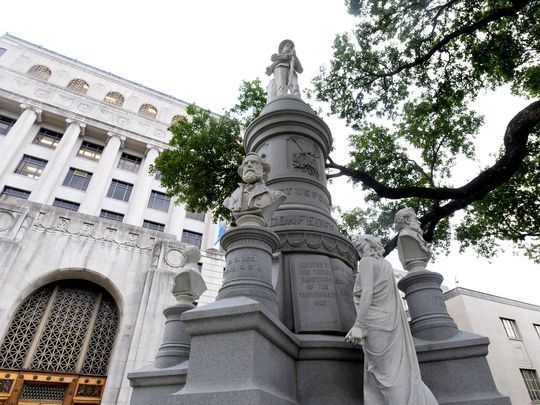
Monuments, Looking, Lynching and Gender
In the past week, the ubiquitous Confederate monuments have suddenly become visible (to non-Confederate sympathizing white people) as monuments to genocide and white supremacy. It’s important to continue to show their systemic role in making and sustaining white supremacy. In particular, the monuments form a network that connects seeing, unseeing, lynching and gender in ways…
-
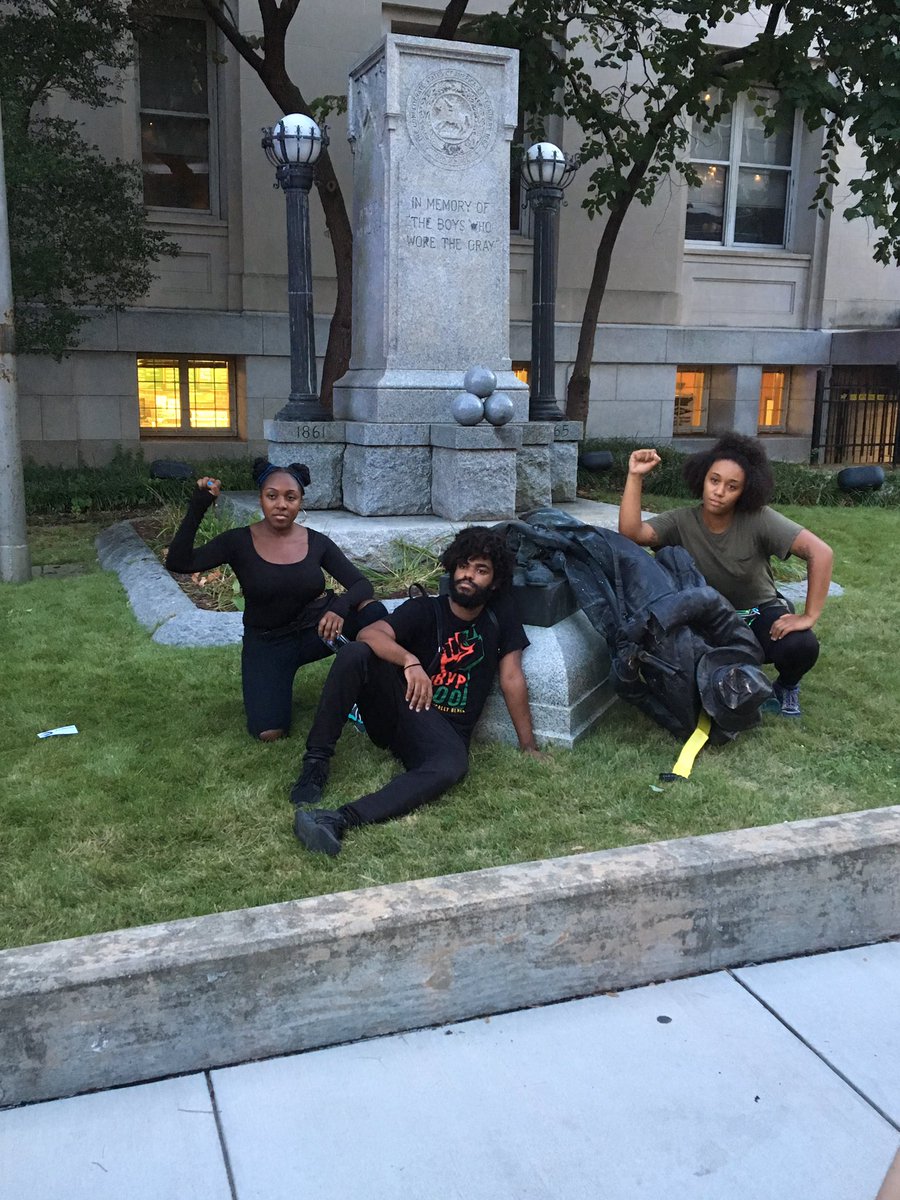
All The Monuments Must Fall #Charlottesville
In the aftermath of the white supremacist terrorism at Charlottesville, all the monuments must fall. The murder of Heather Heyer was prompted by the proposed removal of a statue of Robert E. Lee. These statues are material nodes in the network of white supremacy. They are the visible form of the established order of racial…
-
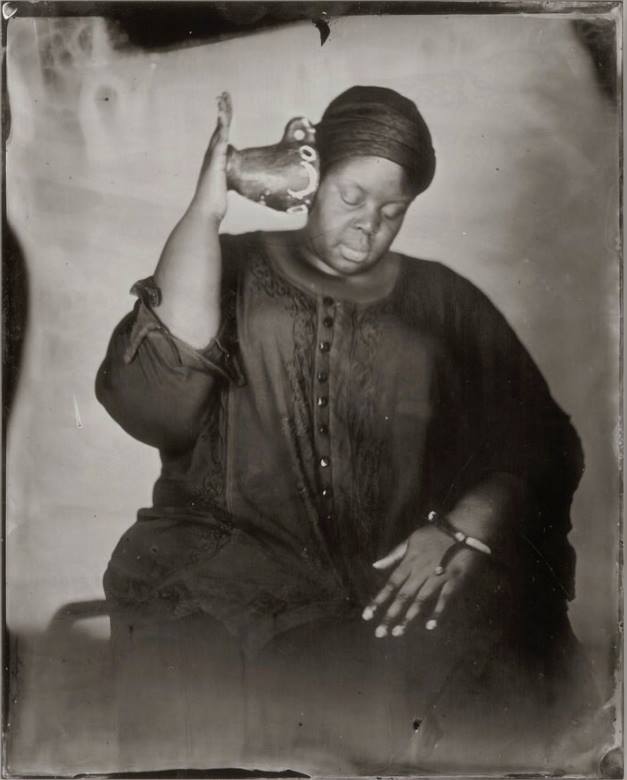
For The Abolition Image #GrenfellTower #PhilandoCastile
Here we go again. A killer cop acquitted. Migrants and people of color in London dead in a completely preventable inferno. And still they come–cops kill a Black woman with mental health issues in Seattle. A “white” English man drives his van into a crowd of Ramadan worshippers. The images are terrible. Again, we must…
-
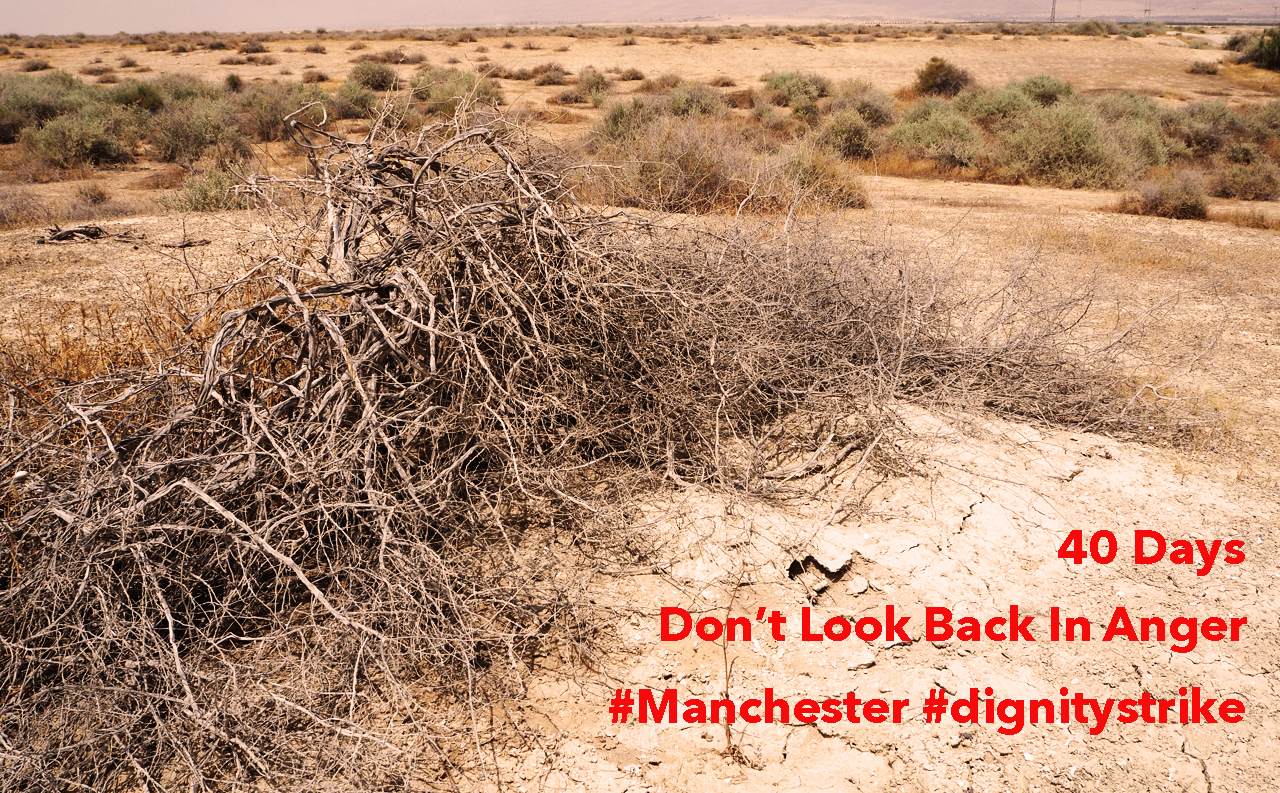
Don’t Look Back in Anger #Day40
Forty symbolizes the overcoming of hardship. The Israelites wandered for forty years, while Jesus spent forty days in the desert. For hunger strikers, forty days marks the passage into system failure–the hearing goes, sight fails, the body collapses. Despite everything, let’s hear the call from Manchester: “don’t look back in anger.” The failure of the…
-
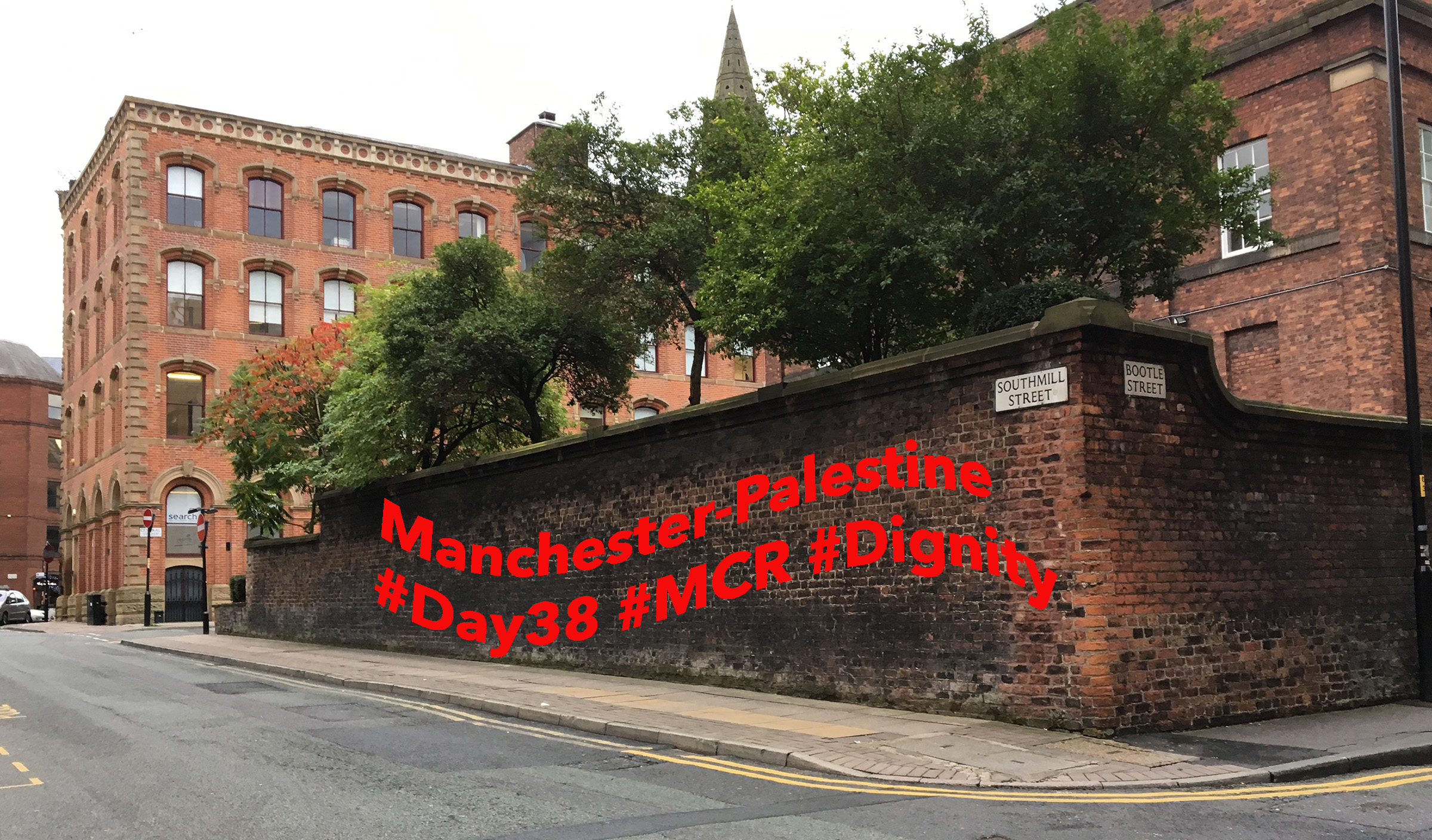
Manchester-Palestine: A Dialectical Image
For Manchester and Palestine, in solidarity In the flash of the media cameras and the detonation of a bomb, Manchester and Palestine yesterday became a dialectical image of the present. The invisible, drawn-out suffering of the hunger strikers in Palestine shatters against the hypervisible instant of mass mediated murder. The clash of two sets of images…
-
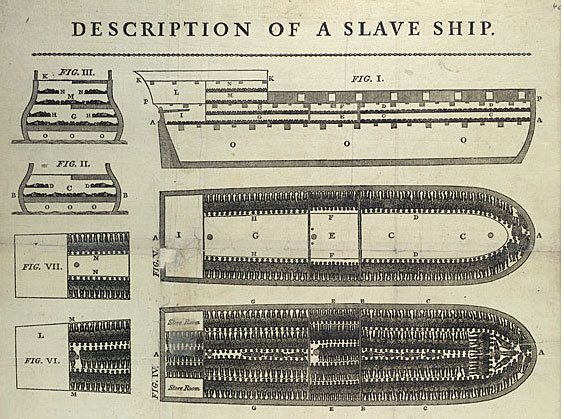
The Long Hunger Strike (Against Slavery)
These posts are difficult to write and I’m sure they are difficult to read. By measuring the time taken to write–or to read–it is possible enter the symbolic world created by the hunger strike, a world in which existence matters. It is the force of the statement made by the strike that enables this fragmentary…
-
Dying for Dignity
This is a project about time, mutant capitalism and life. Its tempo has changed from the epoch to the day. For the remainder of the dignity strike, there will be daily posts. It is now a month since Palestinians in Israeli regime incarceration began. On #day31 of his hunger strike, Bobby Sands was nominated as Sinn…
-

Salt and Baseline Communism #dignitystrike
Salt has often been a catalyst by which the interaction of life, colonialism and apartheid can be made visible and subject to change. From India to South Africa and today’s ongoing Palestinian hunger strike, salt is the means by which the inhuman form of colonial oppression can be tasted. To deny access to salt by…
-
Mutant Capital: Time for {R}evolution
Ever wonder where all the scary, white clowns went? They’re in power, of course. Because racial capitalism and petrocracy, the rule of fossil fuel, have been in a deep embrace since neoliberalism began. And children of the multiplex that we are, we know what happens when you are smothered in toxic materials like crude oil.…
Got any book recommendations?